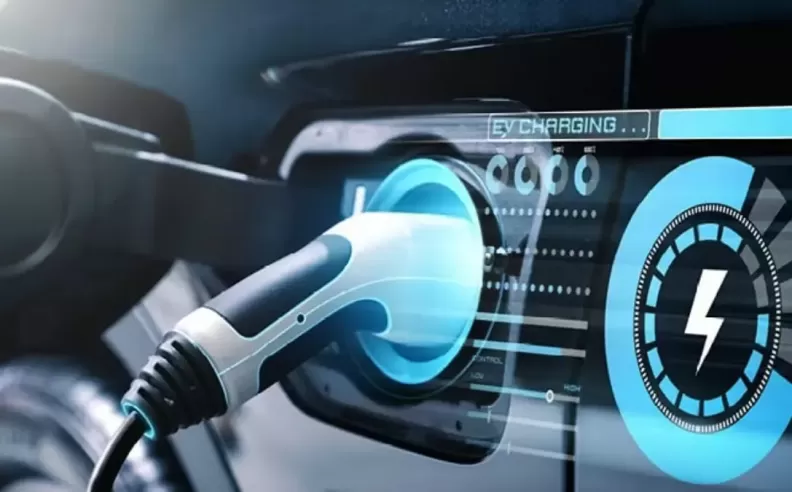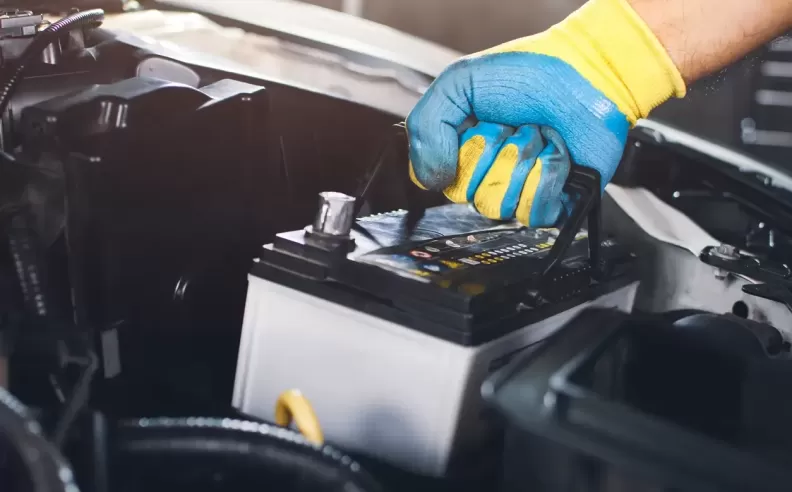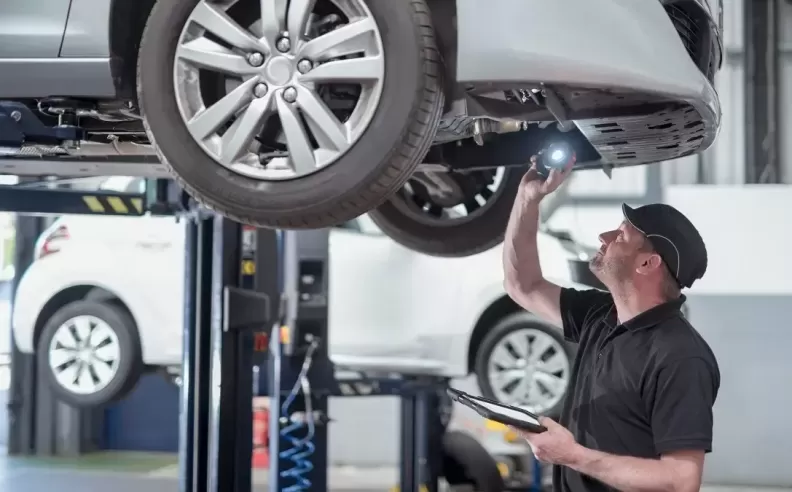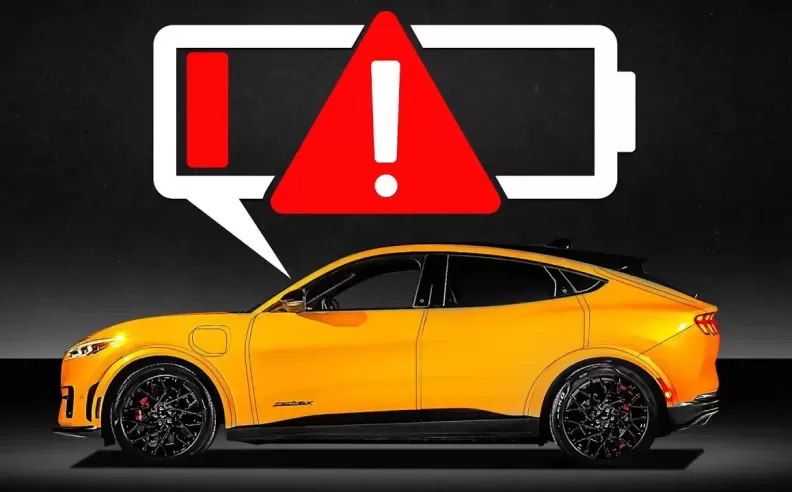
Electric vehicles are becoming more popular across Saudi Arabia and the Gulf, offering a cleaner and more modern driving experience. But even with fewer moving parts than gas-powered cars, EVs still need the right kind of care to stay reliable. From battery protection to keeping your tires in shape, these five easy tips can help you get the most out of your electric car for years to come.

The high voltage battery is the core of every electric vehicle. It powers everything, replaces fuel, and directly impacts how far you can drive. To make it last longer, drivers should avoid charging it to 100 percent every time unless going on long trips. Instead, keeping the battery between 20 to 80 percent helps reduce wear. Also, letting your EV sit too long with a nearly empty battery can harm it, so regular top-ups are key. And in hot or cold Gulf weather, where extreme temperatures are common, parking in the shade or in covered spots helps protect the battery from damage caused by heat or freezing conditions. Some EV batteries also have built-in cooling systems that need occasional inspection and maintenance.

While full EVs do not have engines, hybrid models (especially plug-in hybrids) still use combustion engines that need oil changes just like traditional cars. These vehicles also have fuel and air intake systems that should be inspected regularly. If you are unsure when to change the oil, a certified technician can recommend the right timing and type of oil for your driving style. This also includes checking the cooling system, since even electric components like power electronics and motors use coolant to stay in shape.

Even though electric vehicles use regenerative braking to recharge the battery while slowing down, they also rely on traditional friction brakes to fully stop. This means that your EV still has rotors, pads, calipers, and brake fluid, just like any other car. Over time, these parts can wear out or lose effectiveness, especially in stop-and-go traffic. Regular brake inspections help ensure your car stays safe and responsive, and also prevent costly repairs. Keeping both regenerative and mechanical systems in good condition means smoother stops and longer-lasting parts.

Tires on electric cars wear differently because of the weight distribution and instant torque from the motors. That is why rotating your tires every 10,000 kilometers is important. Regular tire balancing also keeps the wear even across all four tires and helps maintain smooth handling. Balanced tires can extend tire life and improve energy efficiency, which means fewer replacements and better driving range. In Gulf countries where roads can get extremely hot, it is especially important to maintain proper tire pressure as it directly affects safety, performance, and battery usage.

Even without a traditional engine or transmission, electric and hybrid vehicles still rely on several key fluids. For example, brake fluid must be kept at the right level for effective braking. High voltage electronics, motors, and battery packs are often cooled by liquid systems that need to be checked and refilled when needed. Some systems even share components with the car’s air conditioning or interior climate controls. Windshield wiper fluid is also essential for visibility. Most of these items are listed in your car’s manual, and following the service schedule helps prevent breakdowns and keeps your EV in top shape.

Started my career in Automotive Journalism in 2015. Even though I'm a pharmacist, hanging around cars all the time has created a passion for the automotive industry since day 1.
